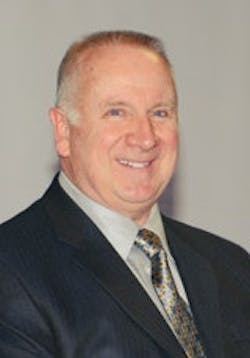The Changing Landscape
This news was typically followed by discussions in the sales, service and parts departments of the dealership on the challenges of training and support for the new product. Soon the news would spread to the end users and those same discussions would be repeated in each of the end user's departments. What would each change in specifications and technology do for the operator and productivity? By today's standards, those discussions and the details they covered seem almost quaint.
Fast forward to today's equipment introductions and the subsequent discussions about the sophistication of the ECM information, CANbus technology and interfacing with existing equipment management systems. How can we export the equipment health information and integrate it with our enterprise system software and, if so, what hardware/software must I purchase? What Tier level is the engine and what implications does that have to my emissions footprint? What percent bio-diesel can I run in it? Can the on-board computer machine condition codes be relayed automatically to my service department to generate a work order? How many I/Os does the machine/communication software give me, and will it truly enable me to accurately judge the cycle times and yardage moved? On and on the questioning goes, adding to the complexity of the equipment purchase and its subsequent use, care and custody.
When I came over to the contracting side of the business a few years ago as a fleet manager, I quickly learned that managing a fleet involves a great deal more than meets the eye. After studying the wide range of issues and problems facing the fleet operations department, it became evident that I needed continuing education.
Fortunately a friend, who is also a fleet manager, invited me to attend an AEMP national conference. The rest, as they say, is history.
After joining AEMP, undertaking the Certified Equipment Manager exam and attending the conferences, I found not only the vehicle for my continuing education but also a program that would enable all of our fleet department managers to learn and grow. Now, with three additional managers having obtained their CEM, the application and practice of modern fleet management principles becomes the norm.
I welcome you to join AEMP and trust that the educational and networking opportunities it provides will help you lead your fleet departments to world-class status.
Dick Brannigan, President, AEMP


